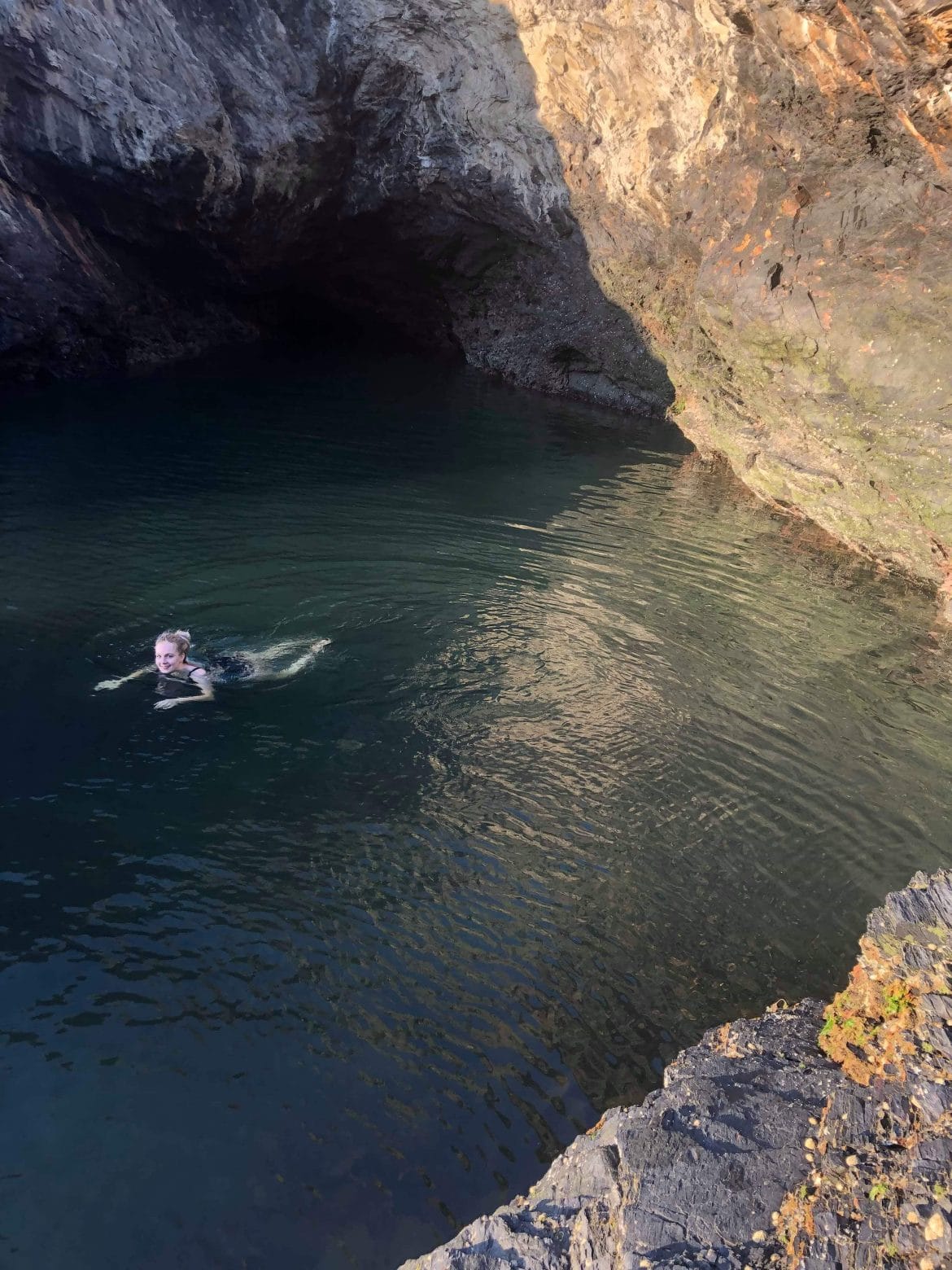The creative benefits of a dip outdoors
People who recommend swimming for exercise benefits are often unaware of the strain it can cause. Few swimmers are free from the tendency to fix joints, compress the spine and overdo the breathing.
It’s easy to see that swimming lengths with the face out of the water, which most ‘recreational’ swimmers in UK do, strains the neck and back and restricts breathing. But the sort of stuff that ‘fitness’ swimmers do, using the competitive strokes, is probably just as likely to cause problems somewhere along the line, particularly if it’s done in high quantities.
Lanes are a kind of trap for people taking up swimming because counting lengths, doing lots of repetitive movement without really knowing what you’re doing and learning the competitive strokes are all problematic.
Some non-swimmers and improvers who come for our lessons hope that swimming will provide exercise without risk of injury, as they get older. This is achievable, with an understanding of the importance of keeping the neck free and a willingness to take on a creative approach to movement in water.
What I recommend to everyone is lots of floating around, gliding and easy movements, like rotations, which help you to find the support of the water and enjoy the moment of transition between water and air. Moving forward from one end of the pool to the other is ok if you’re not in too much of a rush, or driven by how many lengths you can swim.
But lane-swimming in the leisure centre may not be the best way to explore a new approach.
People who enjoy swimming in natural water don’t tend to be in it for aerobic exercise as much as more holistic benefits: the sensory experience of being enveloped in soft, silky water; cold water immersion as a tonic for the immune system; special moments with friends with warming drinks and cake.
For at least some outdoor swimmers, there’s no worrying about stroke technique, or measuring distances, times and fitness gains. This must be a step in the right direction.
Even if you’re pootling along with your face out, the fresh air and views are good for you, and if you’re happy in the water and not trying to get anywhere, the head-up technique won’t do you too much damage. Having said this, for the fullest experience, I’d always choose to have my face under the surface most of the time. So the following skills are key:
- Floating, both face down and vertically;
- Resting and moving on your back,
- Swimming underwater;
- Being able to make the transition easily between water and air.
These are the things that enable you to do whatever you decide in water, indoors or outdoors.
And if being outdoors gives you freedom to be creative, it might inspire you to start experimenting with what really works for you in the pool.


